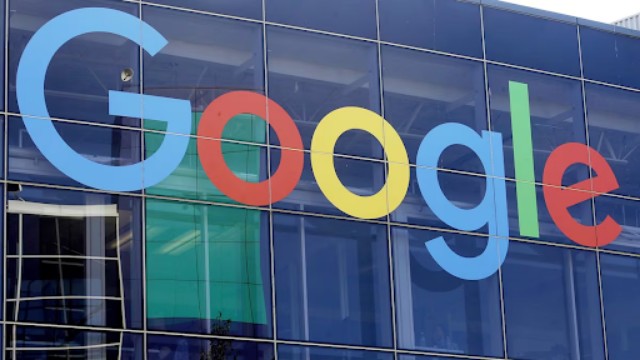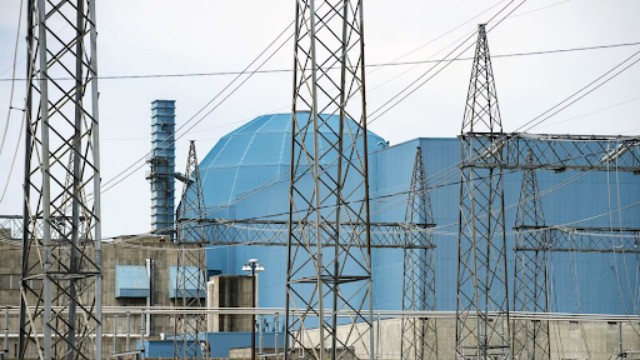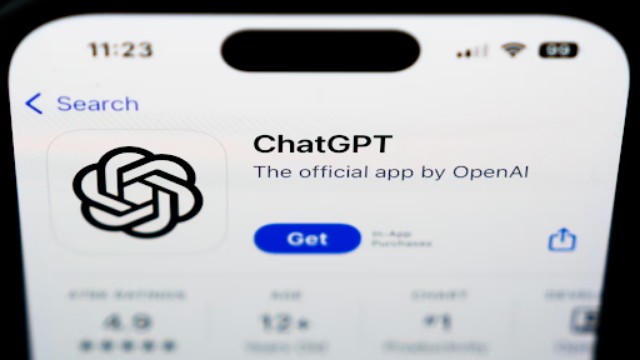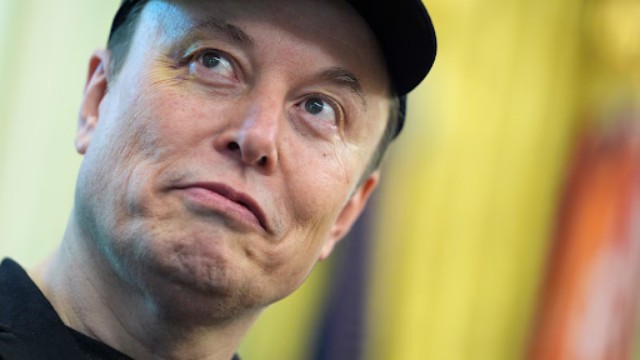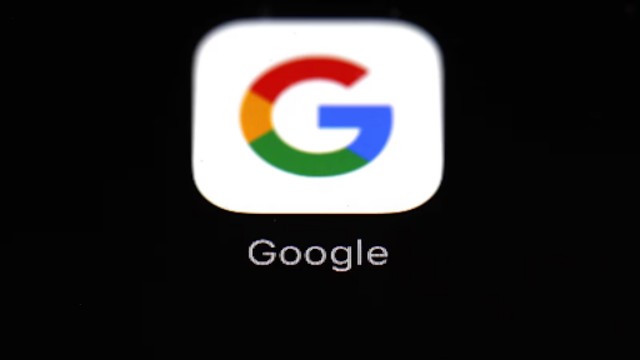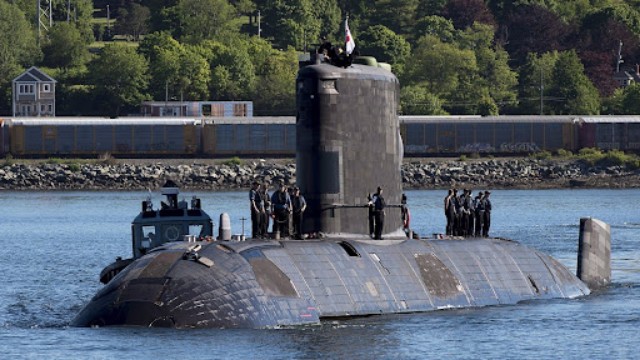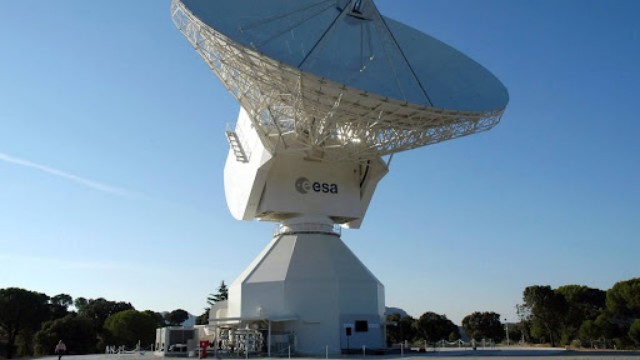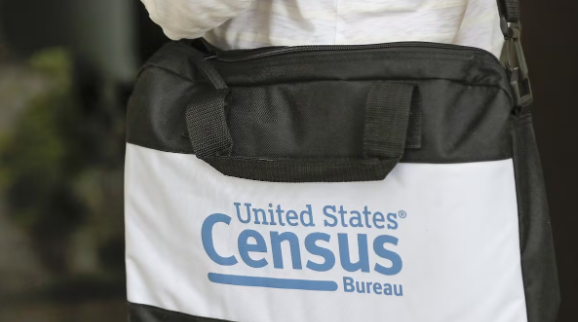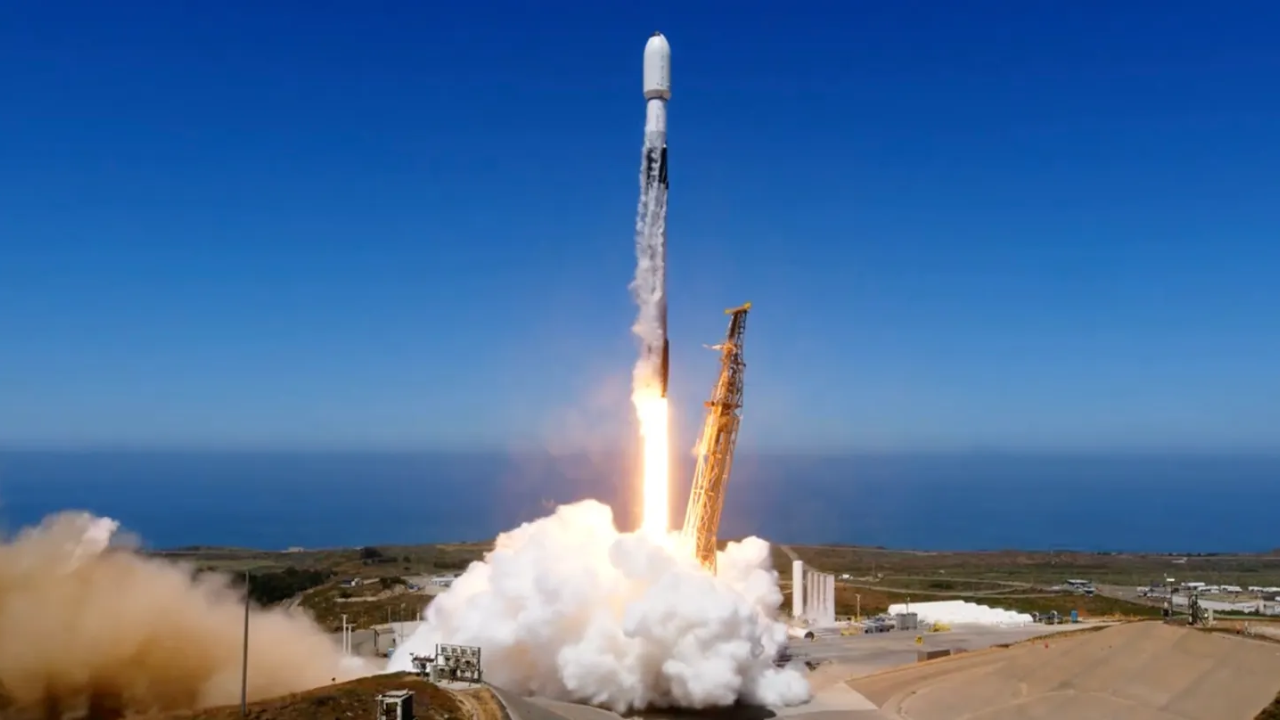
On August 16, a Falcon 9 rocket took off from Vandenberg Space Force Base in California as part of the Transporter-11 rideshare mission. Credit: SpaceX
On August 16, SpaceX successfully launched its latest rideshare mission, Transporter-11, from Vandenberg Space Force Base in California. This mission, which took off at 2:56 p.m. Eastern Time, carried over 100 satellites from various commercial and government clients into orbit. The Falcon 9 rocket's booster, which was on its 12th flight, made a smooth landing back at the launch site just seven and a half minutes after liftoff.
Transporter-11’s payload included 116 satellites, deployed over more than 90 minutes. The launch featured a diverse array of satellites, from Earth observation to radar imaging and technology demonstrations. The primary payload providers included companies like Exolaunch, ISISpace, Maverick Space Systems, and SEOPS.
The largest contributor to this mission was Planet, which sent 36 Dove imaging CubeSats along with Tanager-1, its debut hyperspectral imaging satellite. Several other companies also expanded their satellite constellations. Capella Space, Iceye, iQPS, and Umbra sent radar imaging satellites, while Satellogic launched three more imaging satellites. Spire added seven Lemur satellites, four of which feature payloads for the IoT company Myriota. HawkEye 360 and Unseenlabs also sent satellites for radio-frequency intelligence.
This launch was notable for including firsts for several companies. Spanish startup Sateliot launched its first four commercial satellites for IoT services, while Tomorrow.io sent its initial two satellites equipped with microwave sounders for weather forecasting. Kuva Space, a Finnish startup, introduced its first hyperspectral imaging satellite.
Government customers were also well-represented. The United Kingdom Space Command deployed Tyche, a 150-kilogram imaging satellite with sub-meter resolution capabilities, which is a precursor to a planned ISR constellation for the U.K. military. NASA included two technology demonstration CubeSats: PTD-R, which will test ultraviolet and infrared imaging technologies, and PTD-4, designed to demonstrate a deployable solar array. Both were arranged through the Venture-class Acquisition of Dedicated and Rideshare (VADR) contract.
The European Space Agency (ESA) sent two satellites: the Arctic Weather Satellite, a prototype for improved Arctic weather data collection, and Φsat-2, a technology demonstration CubeSat testing artificial intelligence for Earth observation. Taiwanese companies, supported by Taiwan’s space agency (TASA), launched TORO, a remote sensing mission, and Nightjar, an IoT spacecraft. These are part of TASA’s broader plan to build a Taiwanese space industry, with future launches planned for 2025 and 2026.
With Transporter-11, SpaceX has now deployed over 1,000 satellites through its rideshare program, a significant milestone. This mission was the third dedicated rideshare launch of the year for SpaceX, following Transporter-10 and Bandwagon-1. The company plans to continue offering regular rideshare missions and additional services for launches with excess capacity. SpaceX’s pricing for rideshare payloads currently stands at $6,000 per kilogram, with an annual increase of $500 to account for inflation.
SpaceX is also focusing on "cake topper" payloads—larger satellites that can be positioned on top of the payload adapter. These are designed for satellites weighing between 500 and 2,500 kilograms and require more customized arrangements compared to standard rideshare payloads.


